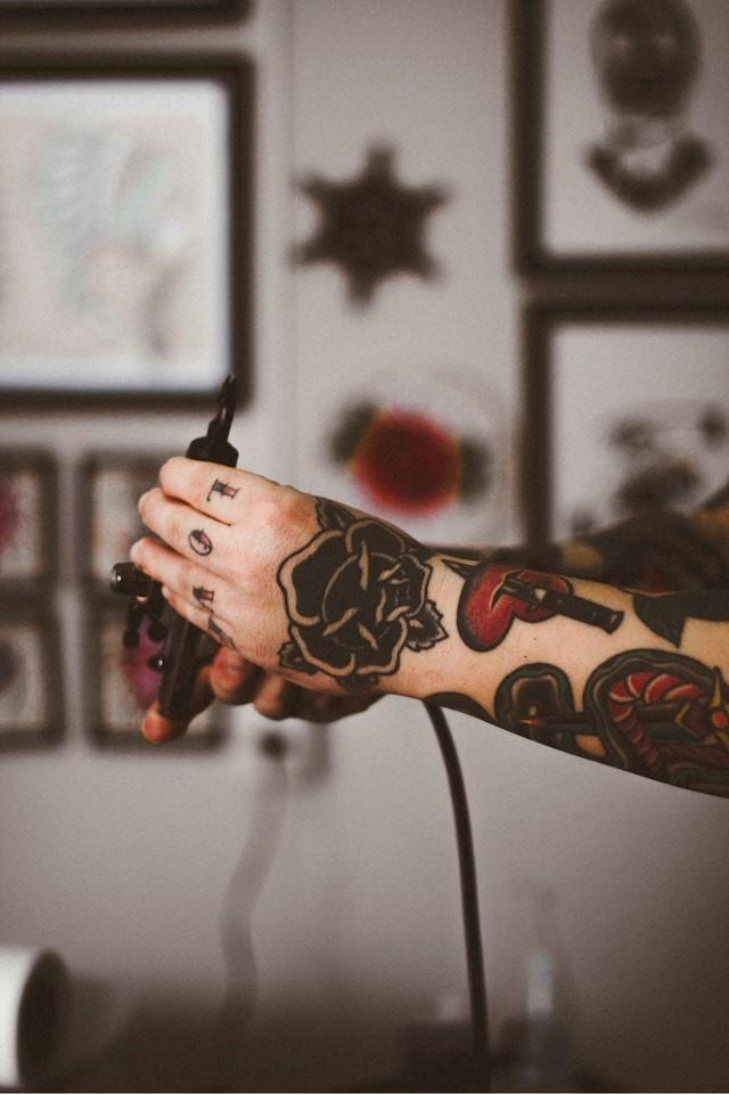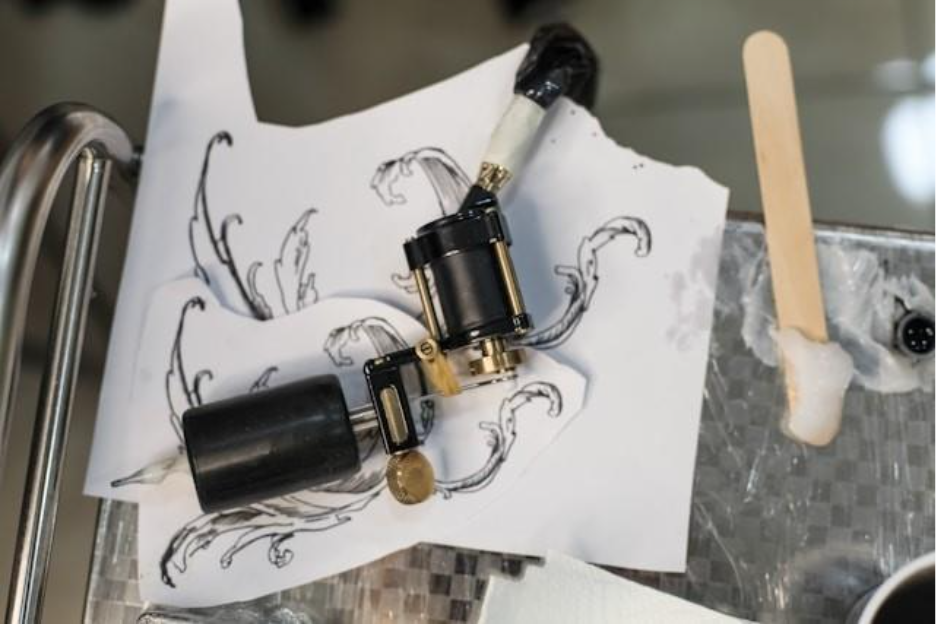
Tattooing has always been an art form that combines creativity, technical skill, and precision. While hand-drawn sketches remain a cornerstone of the process, today’s artists are also turning to digital tools to refine their craft. From mapping out custom designs to adjusting proportions and experimenting with color palettes, technology has completely transformed how ideas move from concept to skin. Studio hygiene, such as using a needle cleaner to ensure equipment stays safe and effective, helps deliver flawless and responsibly crafted designs on the skin.
For decades, artists relied on pen-and-paper sketches, stencils, and freehand drawing to plan their designs. While these methods are still valuable, digital tools offer flexibility and precision that traditional methods sometimes lack.
Digital design allows artists to:
Experiment Freely: Artists can test multiple variations of a design without starting over on paper.
Scale and Resize Accurately: Digital tools make it easy to adjust proportions to fit specific body parts.
Enhance Detail: Fine lines, intricate patterns, and shading can be refined more efficiently in digital software.
By combining traditional drawing skills with digital technology, artists can achieve the best of both worlds: the authenticity of hand-drawn art with the precision of digital design.
Modern studios often utilize a range of software and devices to streamline the design process. Some of the most commonly used tools include:
Graphic Tablets and Styluses
Graphic tablets allow artists to draw directly into digital programs with precision, mimicking the feel of pen on paper. Styluses provide pressure sensitivity, enabling varied line thickness and shading effects that replicate traditional techniques. Popular tablet options include Wacom, Huion, and iPad Pro with Apple Pencil.
Design Software
Several types of software are popular among tattoo artists:
Adobe Photoshop & Illustrator: Ideal for creating vector designs, editing scanned sketches, and perfecting color compositions.
Procreate: A favorite for digital illustration, offering intuitive brushes, layers, and export options.
Clip Studio Paint: Used for detailed line work and complex compositions.
These programs allow artists to manipulate shapes, colors, and textures with precision, making it easier to create custom designs tailored to each client.
3D Body Mapping Tools
Advanced software can simulate how a tattoo will look on the body in three dimensions. This helps artists:
Stencil Printers
Digital tools expand the possibilities for custom tattoo design. Here’s how:
Layering and Editing: Artists can work in layers, allowing them to separate elements of the design, experiment with different color schemes, and easily make adjustments.
Testing Multiple Versions: Clients can see several variations of a tattoo digitally before committing to the final piece.
Color Visualization: Digital programs allow artists to experiment with color palettes, gradients, and blending, helping clients visualize the final look.
Incorporating References: Artists can integrate photographic references, textures, and patterns directly into the design, enhancing realism and detail.
By leveraging digital tools, tattoo artists can deliver highly personalized artwork that aligns perfectly with a client’s vision and body anatomy.

One of the most significant advantages of digital tools is the ability to improve communication between the artist and client.
Visual Previews: Clients can see exactly how a tattoo will look, including size, placement, and color variations.
Collaboration: Clients can suggest changes in real time, and artists can quickly implement adjustments without starting from scratch.
Confidence: Digital previews reduce uncertainty and anxiety, ensuring clients are fully comfortable before the needle touches their skin.
This collaborative process fosters stronger client relationships and results in tattoos that meet expectations with precision.
While digital tools are powerful, they don’t replace traditional artistry, they complement it. Skilled tattoo artists still rely on:
Hand-drawn sketches: To capture raw creativity and personal flair
Freehand techniques: Especially for custom, flowing designs on the body
Physical stencils: For transferring designs accurately to skin
The best results come from integrating digital precision with traditional skill, ensuring tattoos are both technically flawless and artistically expressive.
Digital tools also improve studio efficiency:
Faster Revisions: Changes can be made digitally in minutes rather than hours.
Portfolio Management: Artists can organize designs, track client projects, and create a digital archive of work.
Time Management: With pre-designed digital templates, artists can prepare for sessions more efficiently, reducing downtime.
This streamlined workflow allows tattoo studios to maintain high-quality output while accommodating more clients without compromising artistry.
Digital tools are increasingly part of tattoo education and apprenticeship programs. New artists learn how to:
By integrating digital tools into training, apprentices develop technical proficiency alongside traditional skills, preparing them for the modern tattoo industry.
Some purists worry that digital tools might reduce the authenticity or artistry of tattoos. However, digital technology is simply a tool, it does not replace talent, creativity, or technique. A skilled artist uses these tools to enhance precision, experiment safely, and communicate effectively, all while maintaining the personal touch that makes tattooing an art form.
It’s important to remember that the process of inking onto skin remains entirely manual. Digital tools are a supplement, not a replacement, ensuring that the final result is both artistically and technically excellent.
Digital tools have transformed the tattoo industry, allowing artists to create more precise, personalized, and visually striking designs. From graphic tablets and advanced software to 3D mapping and digital stencils, these technologies enable artists to experiment, perfect, and communicate their vision with clients like never before.
Whether you’re designing a small, minimalist tattoo or planning a full sleeve, digital tools allow us to bring your vision to life with unmatched accuracy and detail.
Tattooing has always been about pushing creative boundaries, and technology is the latest tool helping artists elevate their craft. By combining skill, experience, and digital innovation, tattoo artists continue to transform ideas into wearable art that is both personal and timeless.